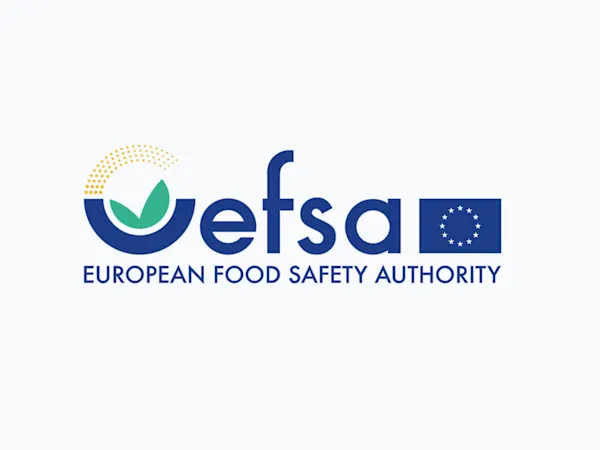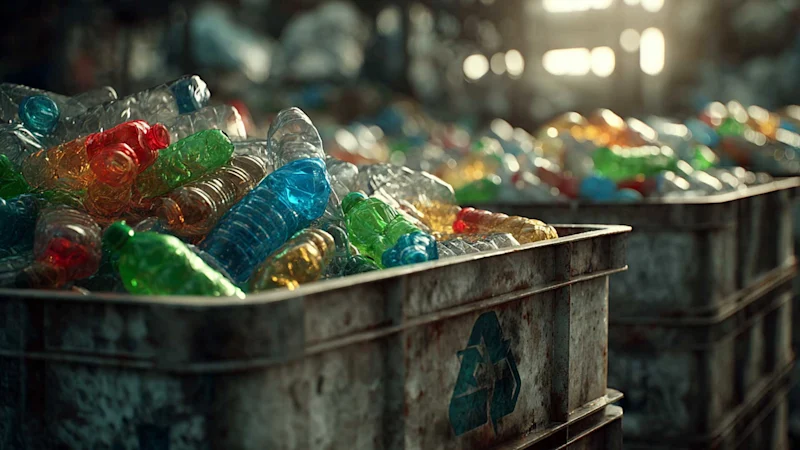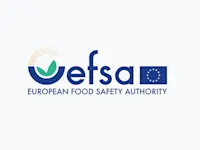
EFSA Seeks Feedback on Overhaul of Weight of Evidence and Biological Relevance Guidance
EFSA launches consultation on updating its Weight of Evidence and Biological Relevance guidance, aiming to streamline chemical risk assessment practices.


The European Commission has adopted new restrictions on polybrominated diphenyl ethers (PBDEs) under Regulation (EU) 2019/1021 on Persistent Organic Pollutants (POPs). Effective from 24 July 2025, the updated regulation introduces stricter limits for PBDEs in mixtures and articles, especially those containing recycled materials. This shift has significant implications for chemicals, recycling, electronics, and consumer goods professionals across Europe.
PBDEs—used historically as flame retardants in electronics, textiles and foams—are persistent organic pollutants with known risks to human and environmental health. Despite phased-out production within the EU, they remain prevalent in recycled materials.
The revised rules lower the allowable sum concentration of PBDEs in such materials from 500 mg/kg to 350 mg/kg by 30 December 2025, and further to 200 mg/kg by 30 December 2027. For toys and childcare products made from recovered materials, a 10 mg/kg threshold will apply 18 months after the regulation enters into force.
The changes impact a wide spectrum of stakeholders. Recyclers and manufacturers using recovered plastics will need to ensure compliance through updated screening processes and material sourcing protocols. Consumer goods producers, particularly in the toy and childcare segments, face stricter controls on acceptable contaminant levels.
Regulators emphasised the balance between circular economy goals and chemical safety. The Commission cited multiple studies showing decaBDE’s presence in consumer goods derived from recycled plastics, underlining the urgency of new limits.
X-ray fluorescence spectroscopy (XRF) and gas chromatography–mass spectrometry (GC-MS) remain standard methods for detecting PBDEs. The updated thresholds fall within the detection capacities of these techniques, reinforcing their role in compliance workflows.
While the regulation excludes food contact materials—already regulated under separate EU legislation—it places new responsibility on businesses to distinguish and verify material origins.
Foresight continuously tracks 1000s of sources and maps updates to your portfolio:




EFSA launches consultation on updating its Weight of Evidence and Biological Relevance guidance, aiming to streamline chemical risk assessment practices.

The Netherlands refines its list of potential ZZS chemicals to better align with EU assessments, boosting early detection and regulatory foresight.

Germany's CONMAR-Impact study sets new environmental quality standards for TNT in marine ecosystems, raising industry-wide compliance questions.
Subscribe to Foresight Weekly and get the latest insights on regulatory changes affecting chemical compliance.
Free forever. Unsubscribe anytime.
Read by professionals at